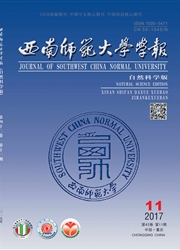

 中文摘要:
中文摘要:
“实物期权”在石油项目投资决策评价中存在的局限性,可以通过“在险实物期权”(Real Options at Risk , ROaR)的模型评价,模型本身克服了对参数给定某个固定值的缺陷,使之可以清晰地刻画不同风险状况下的项目期权价值。然而,当ROaR用于投资评价时,如果投资运营中发生糟糕的风险(或极端风险),则项目损失超出预期,可能使评价结果与实际相反,导致项目投资失败,出现决策悖论情形。对此,采用项目决策效用理论,构建在险实物期权的损失控制的优化方法与项目价值底线控制方法,优化评价模型,可有效地把风险控制在设定范围内。
 英文摘要:
英文摘要:
“Real Options” in investment decision‐making evaluation of oil projects has some limitations . ROaR (Real Options at Risk ) model can overcome the defect of Real Options ,w hich gives a fixed value to the parameters ,and thus can clearly depict the project option value under different risk profiles .When ROaR is used for investment evaluation ,however ,if a very poor risk or extreme risk occurs in investment operation ,the project will cost more than expected .Consequently ,the evaluation results may turn out to be opposite to the practical situation and cause the failure of the project investment ‐a decision‐making par‐adox .In the present study ,utility theory of project decision‐making is used to build the optimization meth‐od for controlling the losses of Real Options and the optimization evaluation model for controlling the pro‐ject baseline ,w hich can effectively control the risk within the scope of the set .
 同期刊论文项目
同期刊论文项目
 同项目期刊论文
同项目期刊论文
 期刊信息
期刊信息
